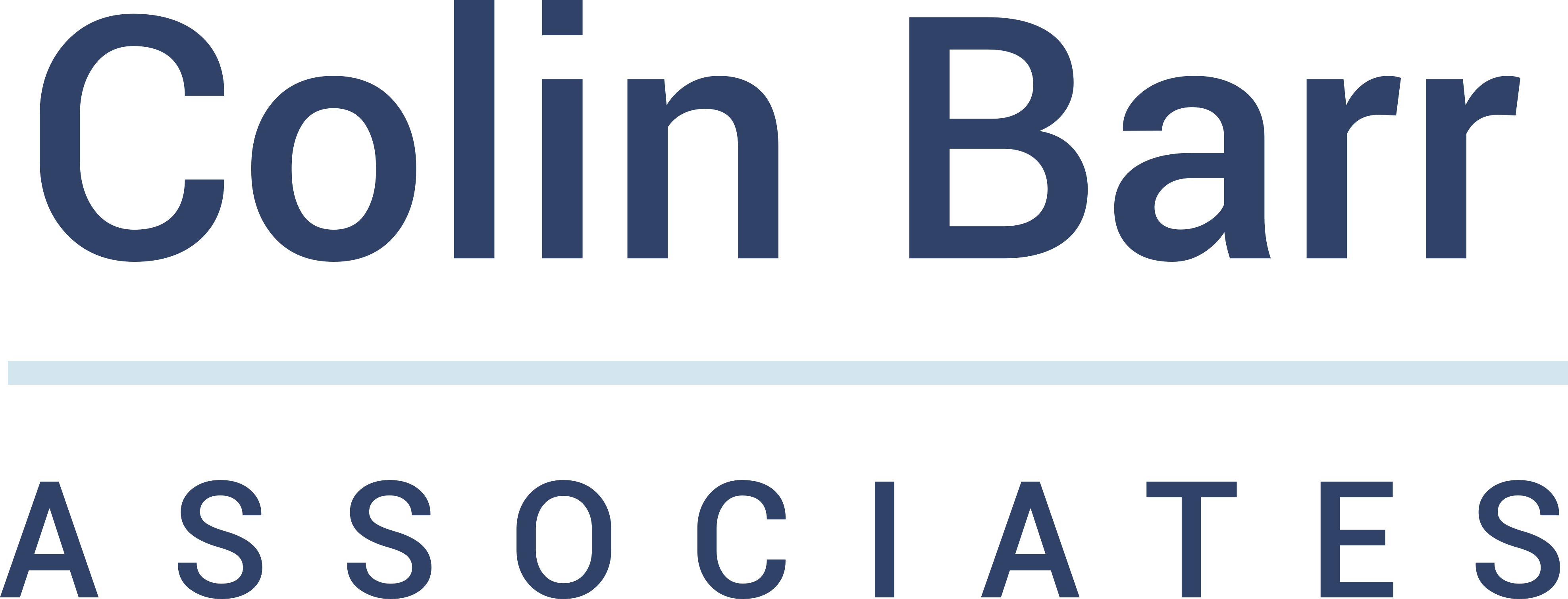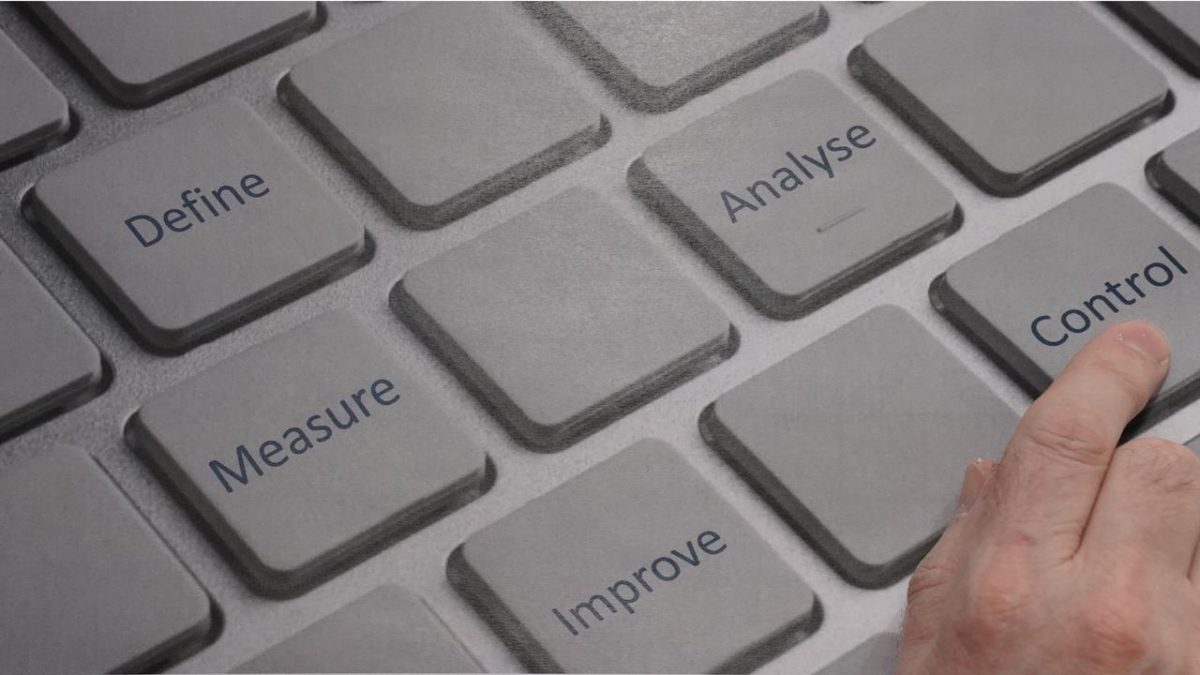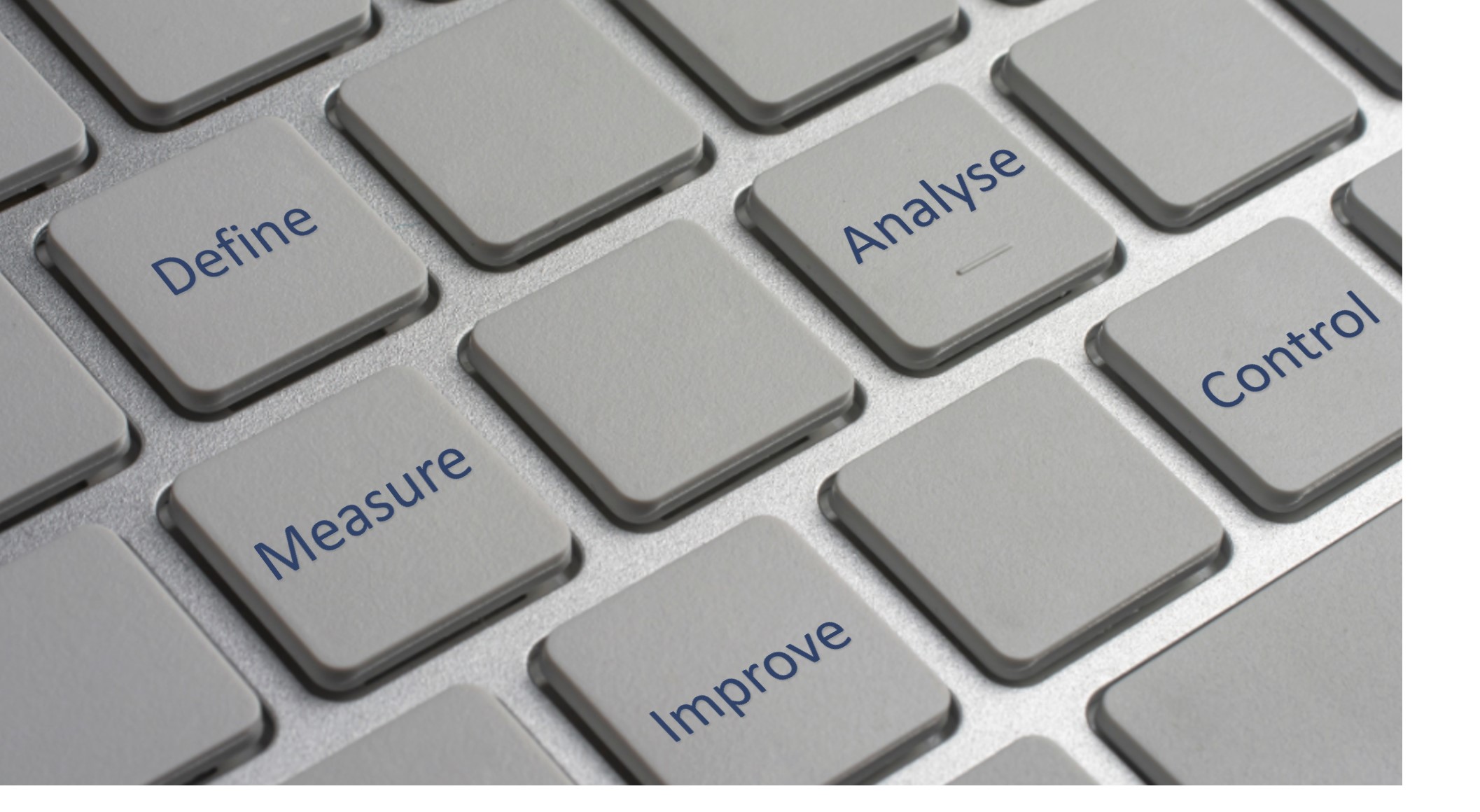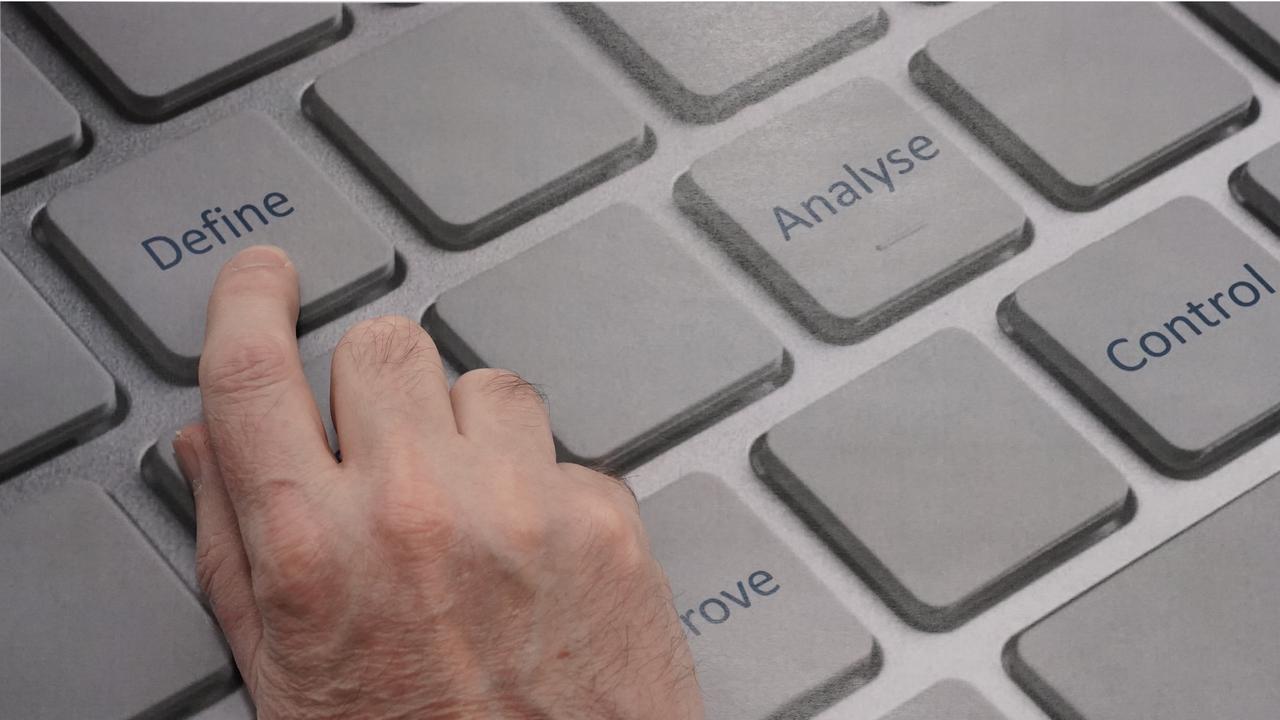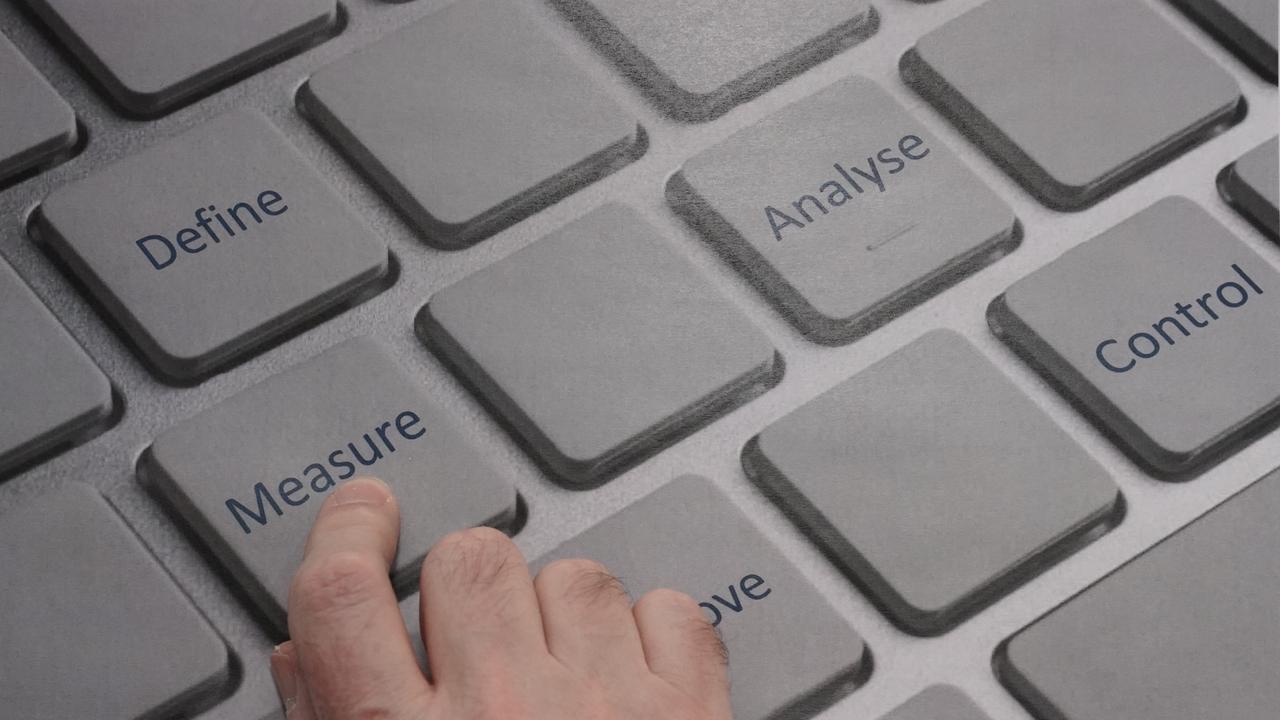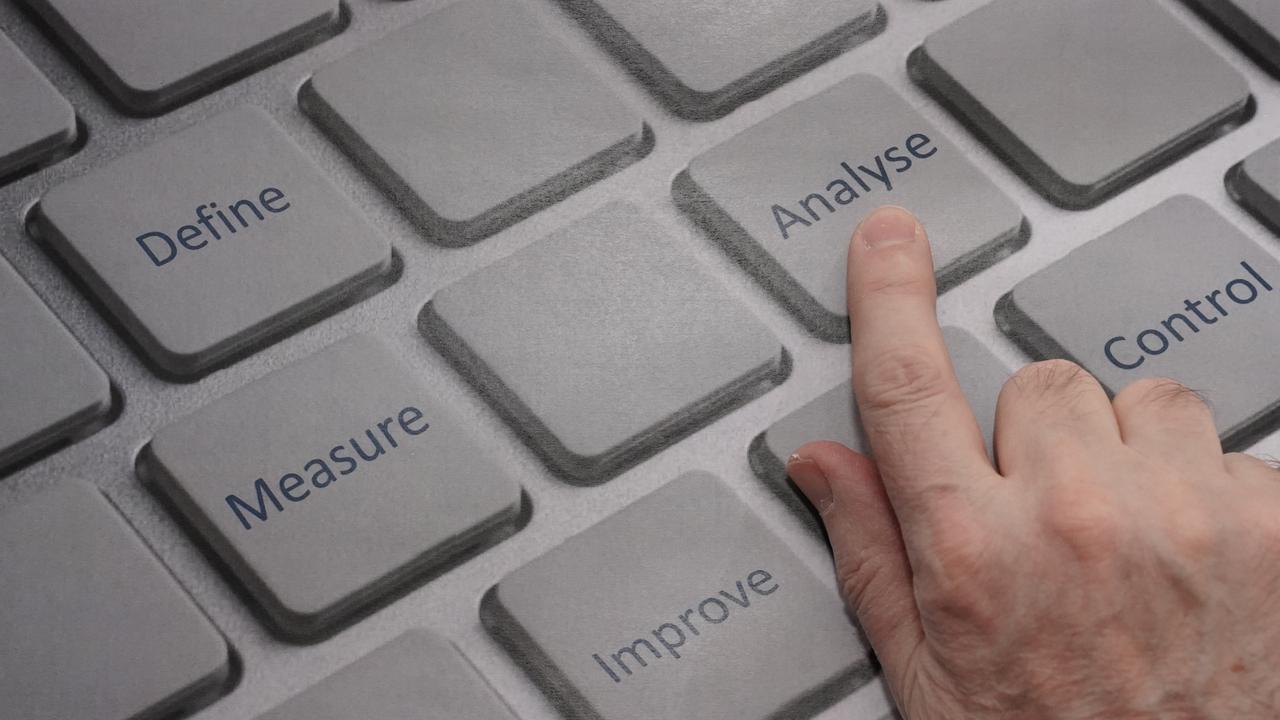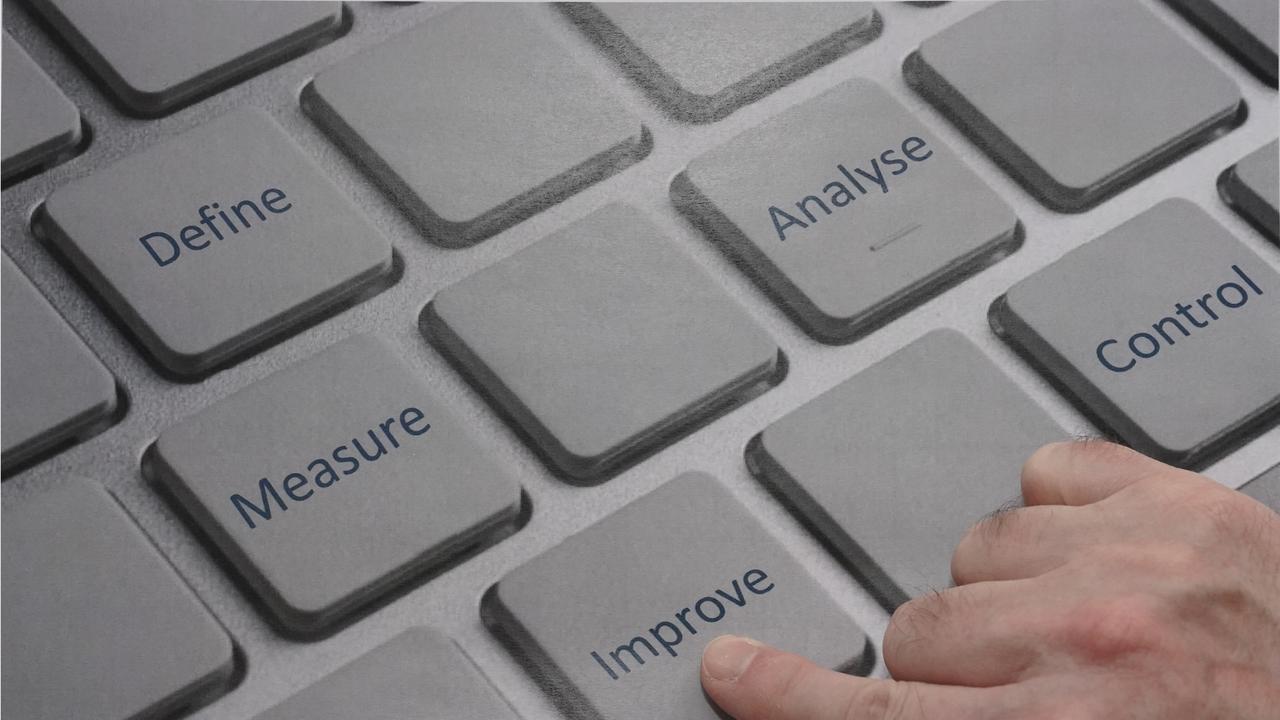What is the “Control” stage of DMAIC?
Many Lean Six Sigma projects use a 5 step improvement model of DMAIC (Define – Measure – Analyse – Improve – Control). Very often an improvement can work well for a while, then deteriorates and the process returns to its previous state of affairs.
The “Control” stage of DMAIC stage is there to make our improvements sustainable. “Control” is not about controlling people, it’s about controlling processes so that we hold onto the gains our improvement projects have delivered. It’s common for DMAIC project data to be collected over a minimum of three months to confirm that our new process achieves “Control”.
Features of the “Control” Stage
-
Roll Out.
Often we develop and pilot new improvements at the “Improve” stage of DMAIC. “Control” is where we implement these solutions fully, perhaps across wider geographic or organisational areas. Teams should use their project management skills so that the roll out activities are well coordinated.
-
Standardisation.
I frequently encounter different groups, within the same organisation, performing the same process in different ways. Not all of these ways can be equally efficient, produce exactly the same quality, or take exactly the same time or effort. One optimal way of doing things most likely exists. At the “Improve” stage, teams should determine the single best way to perform the process, and at the “Control” stage, this single method should be implemented across the organisation as the standard process.
At “Control” it is useful to define and document a new set of standards that people can conform to. These standards could include working methods and measurement targets.
-
Control Plans.
Rather than leaving process control to chance, a Control Plan is an excellent way of formalising how a process will stay on target. If you use a new process flowchart created at the “Improve” stage, teams can identify the critical control steps in the process. Against each of these control points, the following can be established:
- Characteristic to be monitored
- Measurement, inspection or check to be performed
- Timing, Frequency and Target Value of the measurement, inspection or check
- Equipment / software to be used
- Responsibilities for the process control
- Procedures to be followed
- Reporting and reviewing mechanisms
The continuous application of a Control Plan surely leads to better predictability of process results.
-
Trending.
A frequently used and simple tool to visualise control is a trend chart which shows how performance is tracking over time. Such a chart allows us to see peaks and troughs, shifts and drifts, oscillations and variability in performance.
Trend charts act as early warning signs that performance is going off track and give us the opportunity to correct the process before it becomes a major issue. Creating and updating these charts is only half the story. It is vital to have a formal management process to review the data at the right frequency and respond appropriately.
Some processes, both technical and office based, lend themselves to the use of statistical process control (S.P.C.) charts. These are more sophisticated versions of trend charts where historical data is used to determine upper and lower control limits. If the process remains in control, we should expect results to fall within these control limits. These charts tell us with known confidence levels if there has been a positive or negative deviation from expected performance. They also help us to visualise the level of variability we should expect to see based on the design of the process. This means that we don’t misinterpret trends and waste effort responding to random signals.
-
People Readiness.
The improvement project team may have been steeped in the detail of the new process for a number of weeks or months, however there may be people in other parts of the process who are much less aware of what has been going on.
A well managed DMAIC control project will avoid big surprises, but now is the time to fully inform and prepare everyone who will be affected by the change. Those people may become responsible for operating the new improved process and must be brought up to speed. It is common at this stage to hold awareness sessions, presentations, or formal training on the new system.
-
Systems Readiness.
Prior to launch, a new process should be in an auditable state. We need to establish new work instructions, operating procedures, training manuals, training records and any equipment documentation that is required.
Summary
The “Control” stage represents the conclusion to a DMAIC project. At last, the improvement team can see their creative solutions fully implemented and working. The team can feel satisfied that they have delivered a worthwhile success.
If we define culture as “the way we do things”, then this improvement work will have gone some way to changing the culture within the organisation. Bigger changes to culture will happen as an accumulation of many similar improvement projects and activities.
With the current project complete it’s time for a new cycle of DMAIC on the next priority area.
